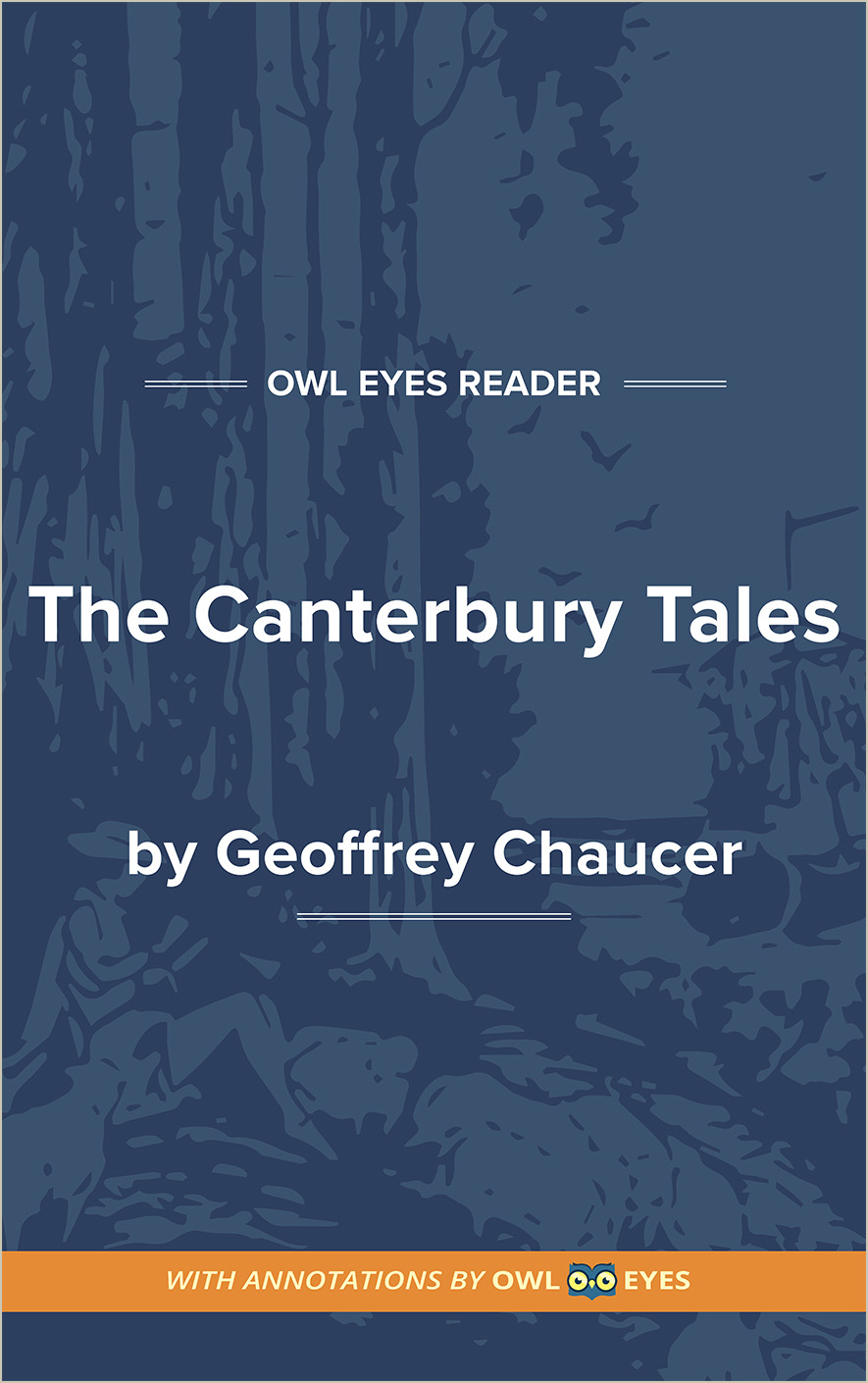Study Guide
Analysis Pages
Summary
The Canterbury Tales, Chaucer’s best-known and most important literary achievement, consists of twenty-four tales, some with prologues and epilogues, which range over a wide variety of styles, subjects, and genres. The work avoids becoming merely a loose collection of unrelated stories because of Chaucer’s ingenious development of the framing device of the pilgrimage and his ability to suit his diverse tales to the personalities of their tellers. Chaucer’s ideas about the book apparently evolved over a period of decades, with some tales (the Second Nun’s Tale, parts of the Monk’s Tale) possibly written as early as the 1370’s, and others (the Nun’s Priest’s Tale, the Parson’s Tale) probably written in the later 1390’s, not long before his death. The imaginative breakthrough that made the work possible—his conceiving of the framing narrative that lends coherence to the stories—seems to have occurred some time in the 1380’s, when he must have written an early version of the General Prologue. The work is evidently unfinished, though the flexible nature of the framing device allows for considerable diversity of opinion as to Chaucer’s final plans for the poem’s overall structure.
The Canterbury Tales begins with the General Prologue, which opens with a lyrical evocation of springtime in England, the time for folk to go on pilgrimages to holy shrines to thank the saints for their good fortune of the past year. It then proceeds to a series of portraits of a particular group of pilgrims assembled at the Tabard Inn in Southwark, near London, where they are preparing to leave on their pilgrimage to Canterbury. The ostensibly random assemblage of pilgrims actually provides a fairly complete spectrum of the middle classes of fourteenth century England, omitting the higher nobility and the poorer peasants but representing a substantial number of the social gradations between the Knight and the Plowman. These characters are not merely representative abstractions, however, but are provided with vividly individual traits to the degree that they become distinct characters for the reader.
One of the most interesting of the characters is the unnamed first-person narrator, who meets the group at the inn on his way to Canterbury, decides to join their party, and describes them for the reader. Critics usually call the narrator “Chaucer the Pilgrim” to differentiate him from the author, whose point of view often seems to diverge considerably from that of his mouthpiece. While the naïve narrator approves of the worldly Prioress and Monk and is amused by the villainous Shipman, the reader is able to see beyond his uncritically approving point of view to their serious faults. The technique of the unreliable narrator leaves all direct storytelling and commentary to speakers whose point of view is suspect to various degrees and calls for the reader to infer the implicit truth from the information provided. If Chaucer did not originate this method of narration, he certainly developed it to a greater extent than any other writer before him. The device of the unreliable narrator has had an influence on later narrative writing, especially in the twentieth century, that would be difficult to overestimate, and much of this influence may be traced directly to Chaucer’s own refinement of the technique.
The proprietor of the Tabard Inn, Harry Bailly, is so struck by the conviviality of the group that he decides to join them on the condition that they agree to participate in a storytelling contest, with himself as leader and judge of the contest. Each pilgrim will tell four stories, two on the way to Canterbury and two on the way back, and the winner will get a free dinner at the inn at the other pilgrims’ expense. The travelers agree and draw lots for the telling of the first tale. The lot falls to the Knight, who begins the sequence of tales. No pilgrim actually tells more than one tale (with the exception of Chaucer the...
(The entire page is 1,794 words.)
Owl Eyes subscribers get unlimited access to our expert annotations, analyses, and study guides on your favorite texts. Master the classics for less than $5/month!

